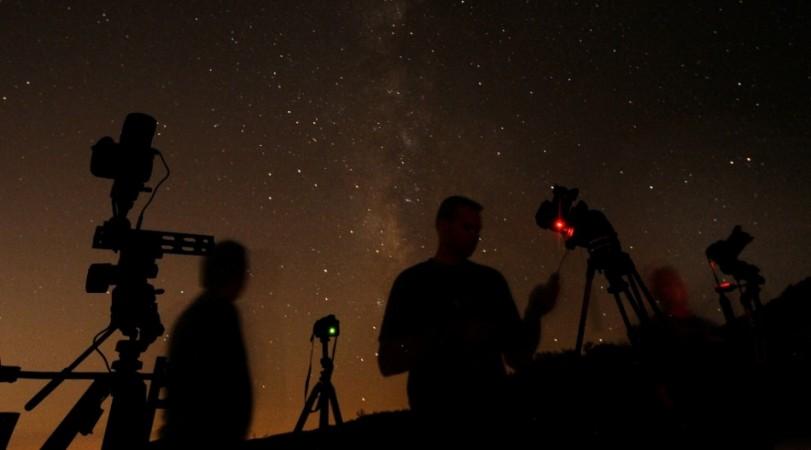
A Toyko-based startup company ALE has announced that they possess the technology of creating the world's first artificial meteor shower. According to the company, they have almost achieved the development of the technology and now they can make it happen.
ALE says that the technology makes use of micro satellites, which are capable of carrying up to 400 pellets that would look like spectacular shooting stars in the sky. Essentially, these pellets are supposed to burn once they enter our atmosphere and that flame would be bright and shining enough for the earthlings to see from the ground.
Although it would be an artificial meteor shower, the company has actually taken inspiration from how shooting stars occur naturally in real life. "Natural shooting stars occur when dust particles of several millimeters in size enter the Earth's atmosphere and burn due to plasma emission," explains ALE.
"ALE reproduces this artificially by inventing shooting star particles and using specially designed microsatellites. The process is as follows – we launch a microsatellite containing shooting star particles into outer space; we release shooting star particles from the microsatellite once it stabilises in orbit around the Earth; the particles travel approximately one-third of the way around the Earth and burn upon entering the atmosphere," they said.
Now, they have the dates as well. According to ALE, the first micro satellite is set to make its first flight in March next year. The startup expects that a Japanese space agency rocket will carry the tiny satellite to space. The second one, on the other hand, is expected to reach the sky during the middle of 2019 aboard a private company's rocket.
The company aims to have them in orbit by the end of February 2020. So, the good people of Hiroshima are expected to witness the world's first artificial meteor shower show during the spring of 2020. As per ALE, the show will be visible to millions of people across a 124 miles range.
"We are targeting the whole world, as our stockpile of shooting stars will be in space and can be delivered across the world," Lena Okajima, the chief executive officer of ALE, said during a news conference.
However, the company has not mentioned yet as to what is going into the pellets. But the researchers of the company have stated that they will be able to change the colours of the contents inside the pellets.
The first two satellites are supposed to have enough number of pellets that would be able to show at least 20 to 30 events. Reportedly, the Japanese startup ALE is planning to spend an astronomical $20 million for the operation. Each of the satellites will be in space for near about two years.

















